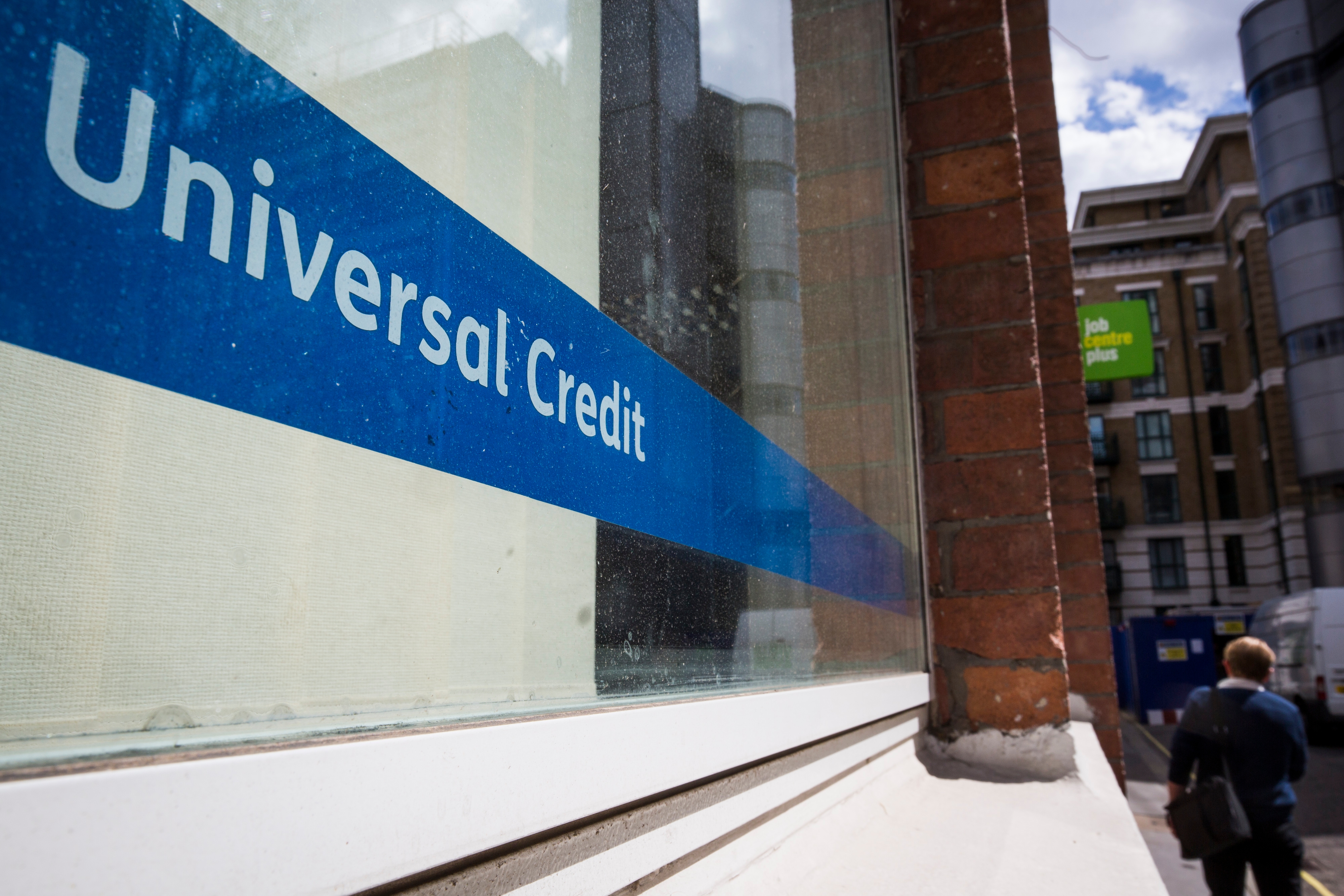Lining up graphs of the UK’s growth figures last week and its employment figures this week, you would struggle to believe the data was from the same decade, let alone the same month. Despite the economy contracting by a quarter in March and April, unemployment figures haven’t budged: 3.9 per cent ending the month of April, unmoved from the quarter before, and more remarkably only up 0.1 per cent from the previous year.
The employment rate remains surprisingly high too: 76.4 per cent, down 0.1 per cent on the previous quarter. Despite the shuttering of the economy, employment and unemployment continue to hover at record highs and lows, like they did before the crisis began. But look past the headline figures in today’s ONS data drop, and Britain’s employment status looks foggier. Indeed, the headline figure doesn’t tell the full story.
While today’s data confirms the furloughing scheme has worked on many counts, it confirms the worst fears about the policy too: it has masked the impact of Covid-19 on Britain’s economy
While the unemployment figure didn’t budge, the number of people registered on company payrolls fell by over 600,000, while the number of hours people worked.
Meanwhile, the claimant count – a measurement from the ONS that aims to calculate how many people are receiving benefits primarily because they are unemployed – has increased to 2.8 million: ‘a monthly increase of 23.3 per cent and an increase of 125.9 per cent, or 1.6 million, since March 2020.’ The number of those temporarily away from work rose as well.
These numbers aren’t perfect – many registering for benefits will be doing so while employed. But the trends are worrying, revealing that while employment rates have yet to move, more people are working less or are out of work altogether. While the unemployment figure has held overall – largely thanks to the furlough scheme – other indicators suggest there is much more pain to come. This doesn’t bode well for the coming months, when businesses are no longer able to furlough staff and will be asked to start paying contributions in August.
Still, April’s employment figures give validation to the Chancellor’s furlough scheme, which has seen the government pay up to 80 per cent of people’s wages (capped at £2,500) while businesses have been shut, many of which would have otherwise been unable to keep their staff on payroll.
The thinking was if the Government pays to keep people in employment, when the economy reopens employees can go back to work on day one, help kickstart business and have a better shot at keeping their jobs. Looking at overall employment rates so far, it’s broadly worked. While today’s data confirms the furloughing scheme has worked on many counts, it confirms the worst fears about the policy too: it has masked the impact of Covid-19 on Britain’s economy, keeping many in the dark about the consequences of a recession, that by all accounts looks more and more like the Great Depression.
As we move into the summer and the scheme is slowly rolled back, nearly nine million furloughed employees will have the viability of their jobs put to the test: some employees will return to work, but many will not. And those who do lose their jobs may struggle to find new ones: vacancies have fallen to a record low, as companies put off hiring to avoid an uptick in their financial commitments. While many look towards October for the furlough cliff-edge, eyes must be kept peeled on the next few months as well. For many businesses, even a five or ten per cent contribution to their employees’ costs will be too much. A clearer, and likely much more bleak picture will reveal itself soon: a surreal economic crash cannot be coupled with a low unemployment rate for long.








Comments